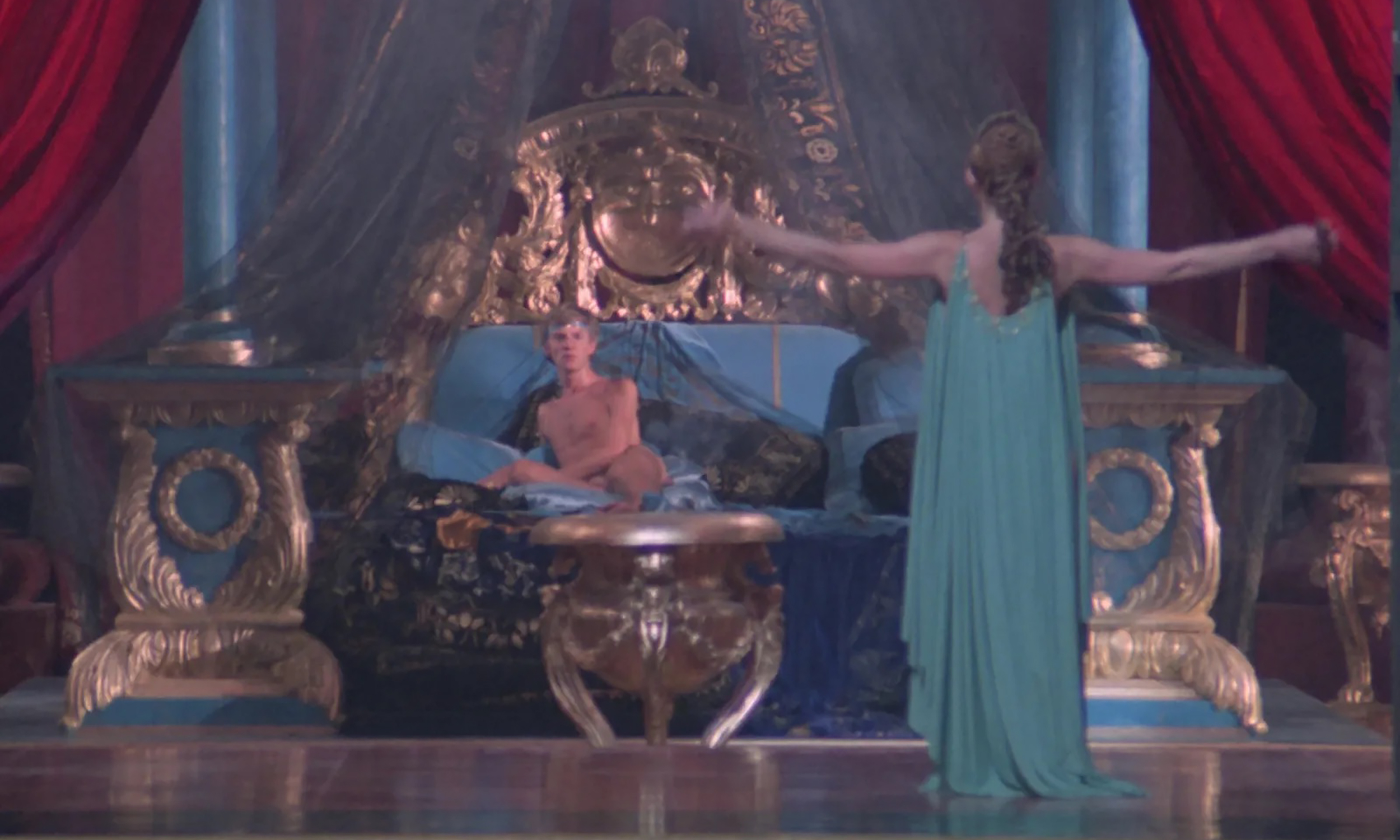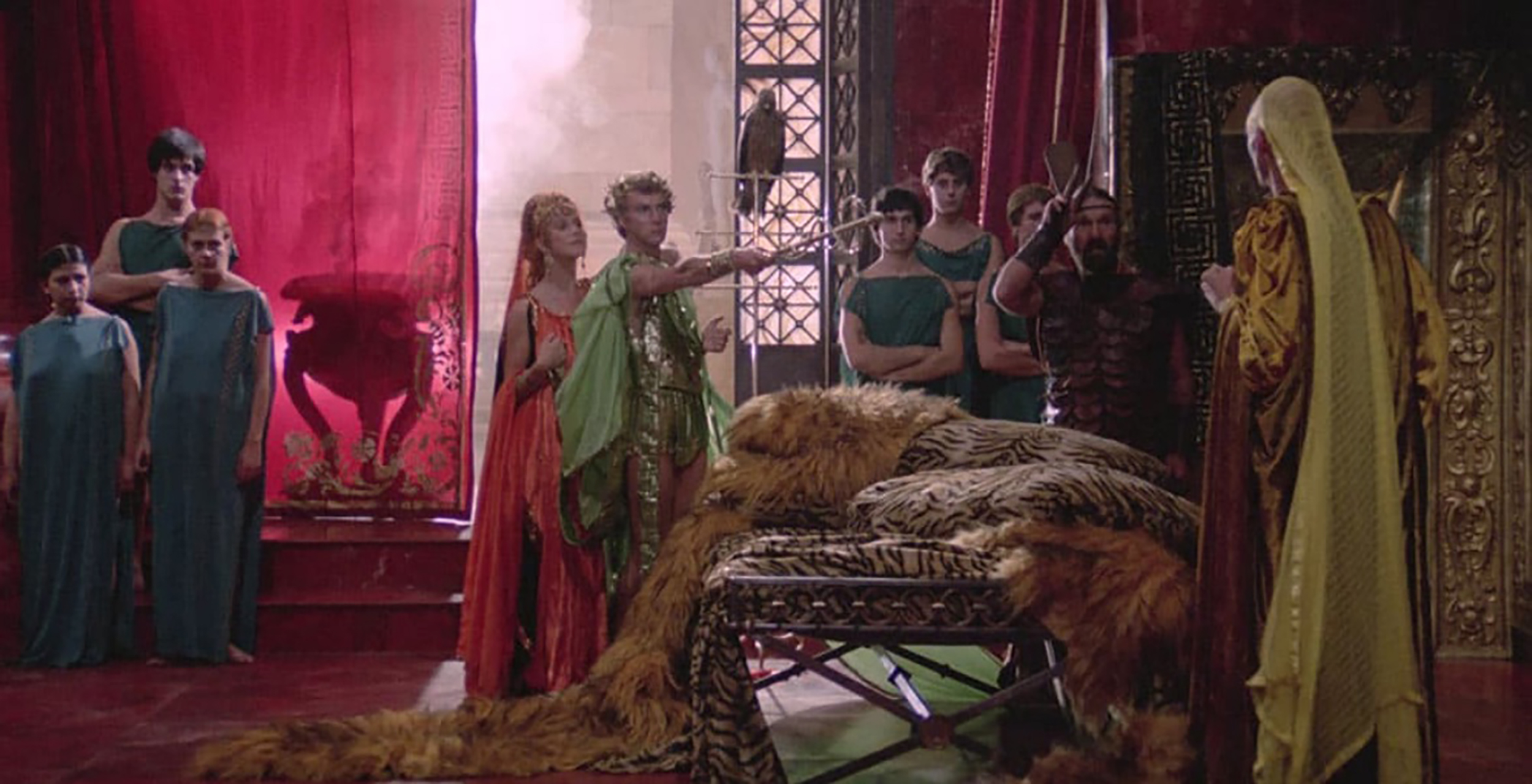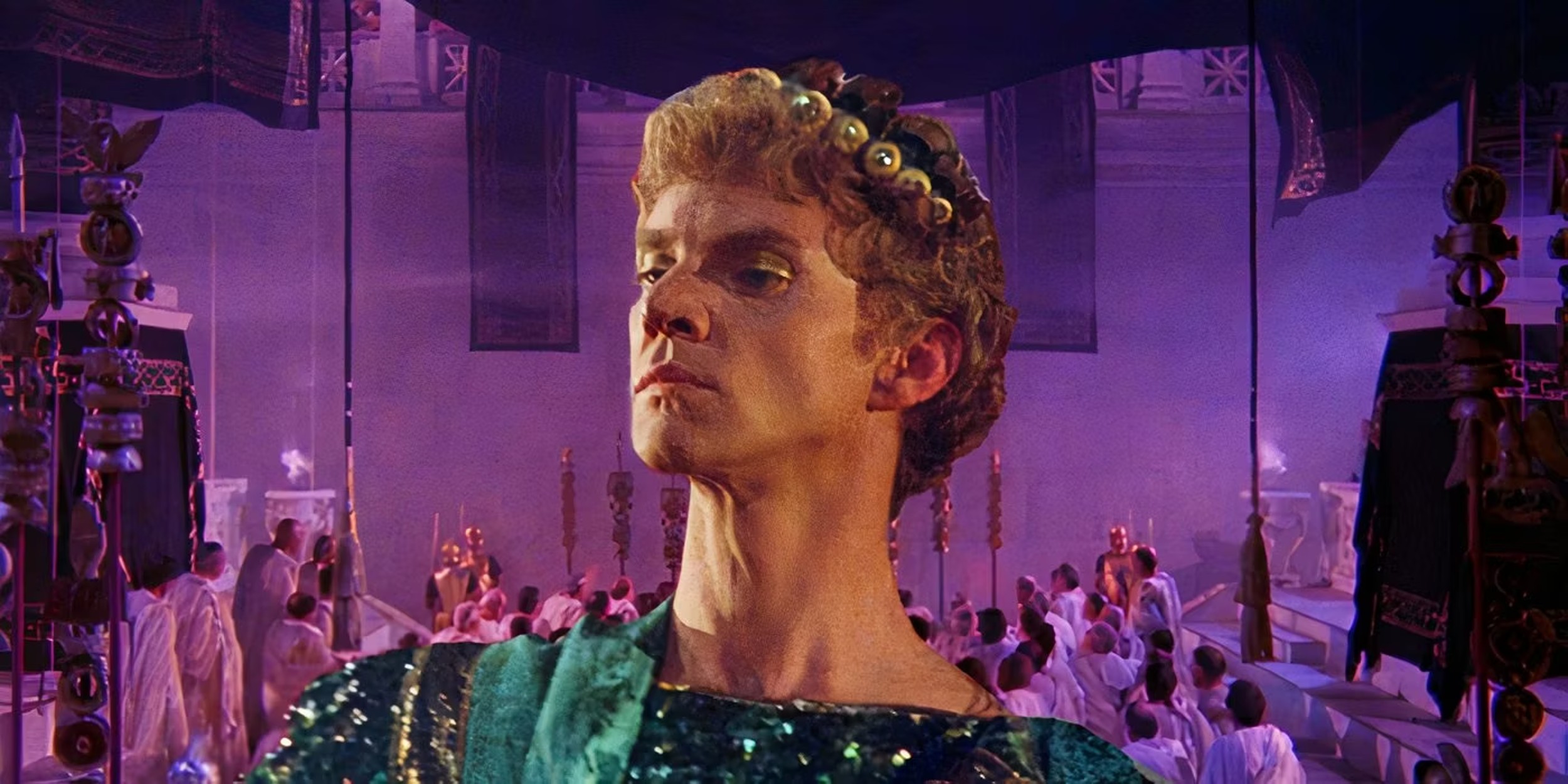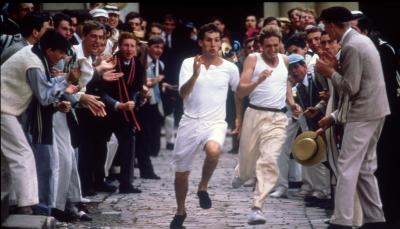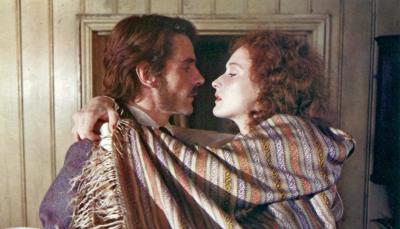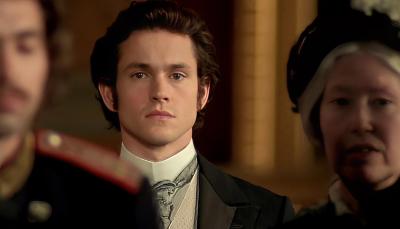Classics Revisited: 'Caligula: The Ultimate Cut' Redeems the Infamous Cult Film
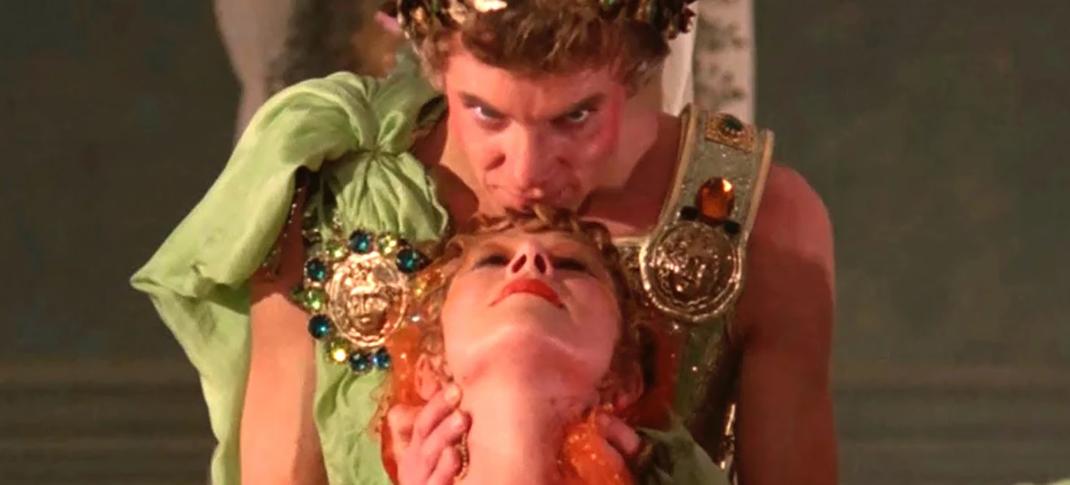
Malcolm McDowell as Caligula and Helen Mirren as Caesonia in 'Caligula: The Ultimate Cut'
Drafthouse Films
The amount of time between Caligula’s original 1976 shoot and an uncompromised version of the filmmakers’ original vision reaching audiences in the form of Caligula: The Ultimate Cut is 48 years. This is nearly double the lifetime of the corrupt and maniacal Roman emperor at the film's center. (Roman tyrants typically didn’t live very long but still tried to make a significant impact.) In the tradition of his other psychotic performances like If… and A Clockwork Orange, Malcolm McDowell plays the despotic, incestuous, and profoundly insecure emperor, with Helen Mirren appearing as his wife Caesonia, Teresa Ann Savoy as his favorite sister Drusilla, and Peter O’Toole as his aging predecessor Tiberius.
Caligula was famous for pushing the emperor’s power towards full-on autocracy, planning failed invasions, and having a historically contested appetite for sex and vice. He’s the guy who made his horse a consul, which either indicates he was insane or incredibly funny. It may be Caligula’s enduring legacy that the production, release, and reputation of his big-screen biopic were laden with a toxic mixture of infighting, jet-black irony, and unmitigated chaos.
One of the most expensive independent productions of its time, Caligula was a collaboration between Italian filmmaker Tinto Brass and American satirist Gore Vidal (who both hated each other by the start of principal photography). However, after Penthouse Magazine financier Bob Guccione hired pornographer Giancarlo Lui to shoot and insert many unsimulated sex scenes into the edit (by this point, Brass had been shut out of the editing room), the original director disavowed the project.
When it was released to negative critical reception but box office success (probably because of all the bad press and legal controversy), Caligula had no credited director, no credited screenwriter, and became one of the final nails in the coffin for the big-scale independent filmmaking that revolutionized the 70s. But regimes crumble, dynasties fall, and now Caligula enters a new age of enlightenment after years of artistic corruption.
It is not a hidden masterpiece, nor a transcendent reimagining, but an intact creative vision – even if The Ultimate Cut producer Thomas Negovan wanted to stick closer to Vidal’s scripted vision rather than Brass’, leading the Italian director to slam the restoration before it premiered last year at Cannes. (For what it’s worth, Malcolm McDowell has given it his blessing and laments the director will not see the film due to poor health.)
Whose vision is it that The Ultimate Cut reconstructs? Is it an entirely new one, an act of revisionism rather than reconstruction? Is justice being done to a historic case of creative sabotage if the original director does not want the new version to exist, just like he protested the original release? Such questions complicate any hopes of a clean-cut reappraisal of Caligula (The Ultimate Cut still has no credited director or screenwriter). However, as a work of art, Negovan’s new version is robust, coherent, and compelling.
At three hours, The Ultimate Cut may not seize you with controversial titillation or red-blooded excitement at every frame – in fact, most of the scenes are shot from fixed, wide angles, soaking up Danilo Donati’s luscious production design (The sets! Faces chiseled into mountains! Blood-red three-story beheading vehicles! Stainless white senate chambers!) as immature politicians scowl and spit at each other against a vibrant theatrical canvas. Caligula moves like a stage play, largely observed from beyond a fourth-wall proscenium arch and playing on the rhythms of long dialog scenes.
This fixed stylistic approach means the film regularly lulls, and the provocative scenes that try to inject life into the biopic structure reveal the limitations of Vidal, Brass, and Guccione’s form of satire: a stomach-turning scene of Caligula raping both a bride and her husband relies too much on the expected shock and excitement of contemporary audiences seeing taboos broken on-screen, and the insulting use of kink and queerness as shorthand for immorality becomes exponentially more tiring over the course of three hours.
But Caligula’s unwavering patience is often used to stirring effect: when Tiberius’ ally Nerva (John Gielgud) commits suicide in a transparent bath, he bleeds out at such a slow pace that he can have a full conversation with Tiberius before the bathwater has completely turned an opaque, bright red and he expires. After Drusilla dies and an aimless Caligula wanders Rome as a vagrant, a dialog-less performance of close-up magic in a plebian jail has a silent-era emotional power to it. If Caligula gained notoriety for explicit material, The Ultimate Cut wins over with evocative and sensitive depictions of Rome in crisis.
Caligula’s most astute revision on the tyrant’s reign (not an original one, but still artfully articulated) is that Caligula’s most outlandish decisions were not symptoms of the corruptive nature of power but to provoke the stuffy senators and dusty institutions of Rome. Caligula isn’t driven mad by the power of the emperor, but by the inanity of it; when Caligula leads his subjects in a mass game of “Simon says,” their unwavering obedience to his demands leads him to bellow out “I hate them!” with more sincerity than he shows at any other point in the film.
The stupidity and meaninglessness of Rome’s dictatorial powers become increasingly incomprehensible to Caligula, and the fact that the only way to curb someone’s ambitions is to assassinate them – long after the abuses have taken place – is grimly ironic.
Despite it being unclear whose vision it now resembles and the baked-in issues with the story as-shot, Caligula: The Ultimate Cut excels when it plays with the tension between empathy for a vile tyrant and implicating a complicit society in his abuses. The restored film is a long, overambitious, preposterous folly that smuggles in the sharp observation that this is an apt description of the Roman Empire.
Caligula: The Ultimate Cut is available in limited release in U.S. theaters beginning on Friday, August 16, 2024. It is also available via streaming rental from Fandango at Home.

